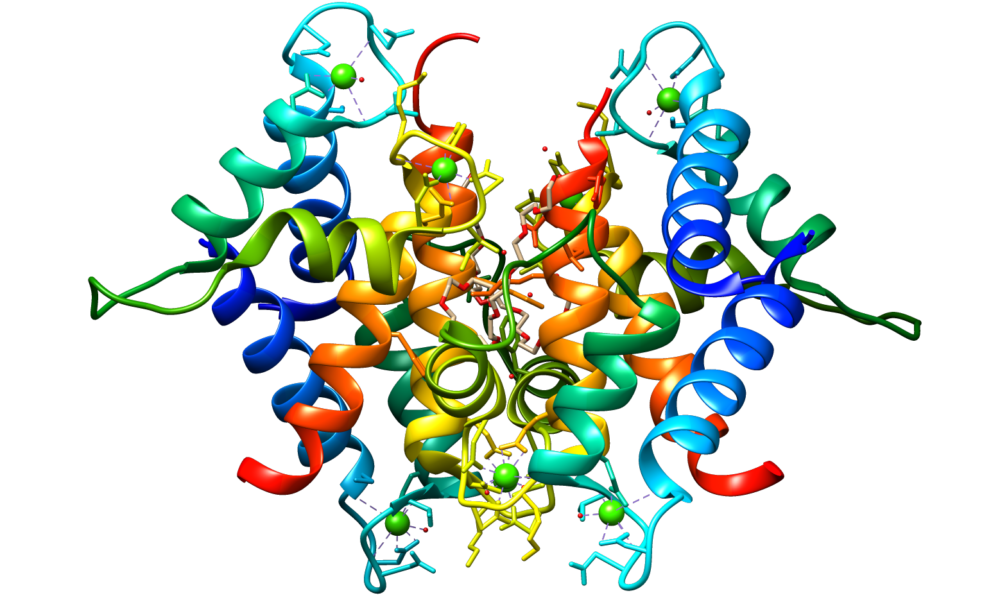
Proteins: “Life’s Ingenious Chemical Tools”
Recognizing the Nobel Prize Winners
“One of the discoveries being recognised this year concerns the construction of spectacular proteins. The other is about fulfilling a 50-year-old dream: predicting protein structures from their amino acid sequences. Both of these discoveries open up vast possibilities,” said Heiner Linke, Chair of the Nobel Committee for Chemistry, after the announcement that David Baker, Demis Hassabis, and John Jumper received the Nobel Prize in Chemistry 2024.
Laureates
David Baker received the prize for computational protein design. The Nobel Prize website states that he “succeeded with the almost impossible feat of building entirely new kinds of proteins.” His Baker Lab at the Institute for Protein Design at the University of Washington (Seattle) “develops protein design software and uses it to create molecules that solve challenges in medicine, technology, and sustainability.” Designing proteins not found in nature will help solve many urgent questions in these fields.
Demis Hassabis and John Jumper received the prize for protein structure prediction. They invented the AlphaFold system, “an [artificial intelligence] system that predicts a protein’s 3D structure from its amino acid sequence,” according to the AlphaFold Protein Structure Database website. Protein structure prediction has been a challenging problem for scientists in computational biology and chemistry for the past five decades. AlphaFold’s method using AI-based algorithms allows unprecedented accuracy in the prediction of protein structure, revolutionizing the field.
Importance
Why is defining a protein’s structure so important?
Often called the “building blocks of life,” proteins are life’s most important molecules; they are “life’s ingenious chemical tools,” as described by the Nobel Prize organization.
A protein is defined as “A molecule made up of amino acids. Proteins are needed for the body to function properly. They are the basis of body structures, such as skin and hair, and of other substances such as enzymes, cytokines, and antibodies.” Every cell in the human body contains protein. They do nearly all the work in the cells and are essential for the structure, function, and regulation of the body’s tissues and organs. Proteins’ building blocks are the hundreds or thousands of smaller molecules called amino acids that attach together in long chains to form the proteins. Each protein has its own sequence of amino acids, which makes the protein take different shapes and have different functions in the body.
The 3D structure of a protein is probably the single most useful piece of information scientists can obtain to help understand what the protein does and how it works in cells.”
– David T. Jones, Head of the University College London Bioinformatics Group
Because protein is essential for life, “Programs such as AlphaFold will exponentially increase our general understanding of different biological processes. … Having a protein 3D structure is key to reveal the function of unknown proteins which would allow, for example, a better and accelerated understanding of diseases,” reports law firm PI IP Law, which specializes in the intellectual property sector.
Applications
AlphaFold has released the structures of more than 200 million proteins. Its protein structure information will greatly advance drug discovery, protein design, and protein function forecasting. Google DeepMind declares that AlphaFold is being used to accelerate the fight against malaria; break down plastic pollution; pave the way for potential Parkinson’s treatments; design more effective drugs; race against drug-resistant bacteria, and increase honeybees’ chances of survival. Researchers are using it in “nearly every field of biology.”
AlphaFold has revealed millions of intricate 3D protein structures, and is helping scientists understand how life’s molecules interact.”
– Google DeepMind website

